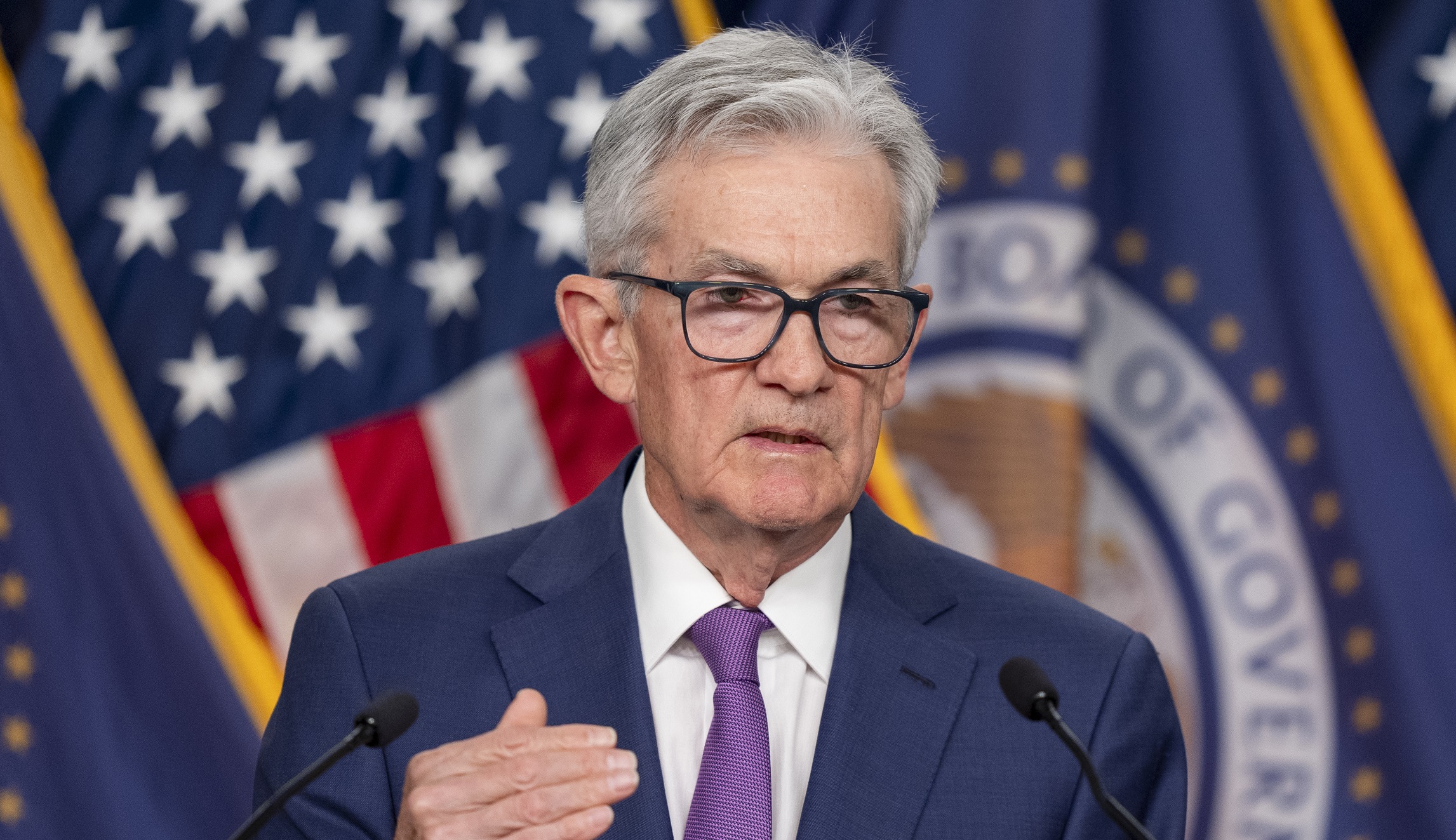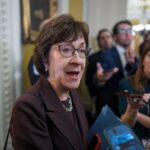

Inflation isn’t moving down as quickly as the Federal Reserve hoped, forcing investors to dig in for a longer wait for the central bank to begin cutting interest rates.
Two inflation reports this week undercut the notion that the Fed will begin its pivot to rate cuts sooner rather than later. The data show that inflation is proving harder than expected to vanquish, which means monetary policy will likely end up being tighter for longer.
The first report, the closely watched consumer price index, indicated that inflation fell two-tenths of a percentage point to 3.1% for the year ending in January. While that is a decline, most economists thought it would fall even more. On a monthly basis, the pace of inflation actually increased to 0.3%, a reading that is too hot for the Fed and one that would equate to 3.6% annual inflation.
The wholesale inflation report also surprised investors. Inflation gauged by the producer price index also increased 0.3% on a month-to-month basis, more than double what was forecast.
Making matters worse, “core” PPI inflation, which excludes volatile food, energy, and trade services prices, jumped 0.6% in January alone, far more than economists had predicted.
“There reports are indicating that inflation is sticking around for a while. It’s a little like the guest that won’t go away,” Mark Hamrick, Bankrate’s senior economic analyst, told the Washington Examiner. “And while the guest may have one foot out the door, it’s still with us.”
The recent data showing that inflation is not falling as fast as previously thought are frustrating for investors who were hoping that the central bank would start cutting rates in the first quarter of this year.
The Fed has been raising interest rates since March 2022, driving its target rate to a range of 5.25% to 5.50%, where it has been since the central bank paused its rate hikes in July.
At the tail end of 2023, investors became very bullish on the notion that 2024 would be rife with rate cuts, but that consensus has notably shifted since then, and Fed officials have been cautious not to project too much certainty surrounding the timing of their moves.
Right now, the overwhelming majority of investors expect the Fed to once again hold rates steady following the March meeting of the Federal Open Market Committee, according to the CME Group’s FedWatch tool, which calculates the probability using futures contract prices for rates in the short-term market targeted by the Fed.
When the Fed meets in May, investors peg a greater than 66% probability that interest rates will remain the same as they are now. The pivot, investors are betting, is most likely to occur following the central bank’s June gathering.
The Fed updates its multiyear projections for rate changes, inflation, gross domestic product, and unemployment every other meeting. In its last projection, in December, officials penciled in three rate cuts for 2024, while investors were expecting double that number at the time. All eyes will be on what the Fed projections for rate cuts look like after the March meeting.
The strong labor market has also given the Fed a little bit of wiggle room to keep interest rates higher for longer.
The economy has added jobs every single month since December 2020. When the Fed began raising rates, many economists expected job losses to result, but the labor market ended up holding up and even surpassing expectations many months over the past couple of years.
The economy once again blew past expectations in January and added 353,000 more jobs, the Bureau of Labor Statistics found. The unemployment rate remained at 3.7%, a figure that is historically low.
Hamrick said the job market’s strength in the face of the central bank’s tightening has been “a remarkable surprise.”
“Federal Reserve officials can maintain, in their words, a little more patience with respect to the process [of] lowering rates,” he said.
But the Fed has a dual mandate: stable prices and maximum employment. The Fed still has to be careful because if it keeps rates too high for too long, it could end up damaging the labor market and even knocking the economy into a recession.
Just over a year ago, many economists were forecasting the United States would already be in a recession by now, although U.S. economic output has far outperformed expectations.
CLICK HERE TO READ MORE FROM THE WASHINGTON EXAMINER
GDP growth was positive every quarter of last year. GDP grew at a 3.3% annual rate in the final quarter of 2023, adjusted for inflation, bringing total growth for last year to 2.5%.
The Atlanta Fed’s “GDP Now” tracker predicts that GDP growth in the first quarter of 2024 will be a strong 2.9%.







